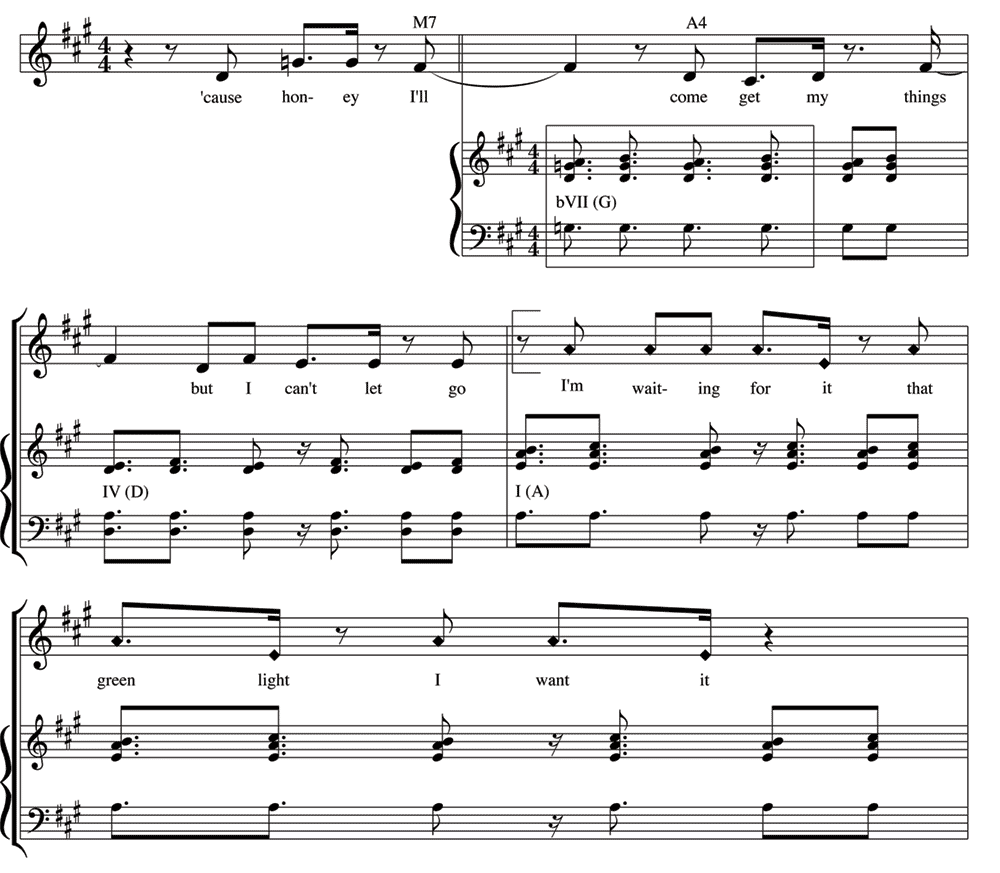X-Factory: Lorde – Green Light
X-Factory: Lorde – Green Light
It must be challenging for any artist to follow up a successful debut album, let alone a Grammy Award-winning multi-platinum single like Royals. Prior to the release of Green Light, Lorde discussed how she was looking to project her writing differently to reflect a shift to adulthood, whilst retaining her maverick authenticity. Where Royals may have been a perceptive commentary countering the perennial teen focus on acquiring status and celebrity, Green Light seems on the surface to build a narrative around what might happen when you actually attain some form of nobility.
“I realised this is that drunk girl at the party dancing around crying about her ex-boyfriend who everyone thinks is a mess. That’s her tonight, and tomorrow she starts to rebuild,” Lorde has said of her sophomore album’s first single.
Where the ‘Pure Heroine’ era deftly constructed, its most powerful moments around cool mid-tempo trappish beats (Royals – 85bpm, Tennis Court – 95bpm, Yellow Flicker Beat – 95bpm, Team – 100bpm), this new single ratchets up the pulse to a scalding 129bpm.
You might not get that speedy impression when first hearing the track since it begins with sparse measure-length piano chords, beginning in the relative minor F#m, followed by A and D triads. On their own the three-chord progression’s key centre would remain ambiguous were it not for the initial two-note melody oscillating between tonic and leading tone a semitone below.
This uncertainty arises because the chord construction alone would only provide an incomplete note set of five separate pitches; A, C#, D, E, F#. The audience however, requires additional information about the quality of the missing pitch classes to envisage a full seven-note scale, namely the missing G and B. At the very least we need to know whether G is natural or sharp – only then can we aurally pinpoint what the home chord is.
G natural would complete the likely Ionian scale of D major, DEF#GA(B)C# (the Ionian mode is what we find most appealing in the Western harmonic tradition), while a G# would tune our ear to understand that the arrangement of tones and semitones presented in the opening phrases correspond to a different Ionian mode, that of A major, A(B)C#DEF#G#.
Why all this fuss over key centre? Composers utilise the placement of the ‘one chord’ to invite listeners to feel stability at certain points within a song. Instability arises when we are presented by harmonic choices that pull us away from home. Good composers often leverage these feelings by toying with the seductive quality of the tonic chord, playing games of trick-or-treat with its deployment.
Green Light does this cleverly and conclusively, framing A as the key centre by introducing an E chord at the start of the pre-chorus, completing our seven note Ionian A scale. It then dives headlong into what becomes the ’90s-dance-house chorus by introducing a non-diatonic bVII (G chord) borrowed from the close neighbour key signature of D. It’s both a startling harmonic shift and coincides superbly with a gear shift in rhythmic density.
The piano-driven harmony utilises a tried and true dotted rhythm to subdivide the measure more acutely (intentionally badly notated for effect as consecutive dotted quavers in the boxed measure below), which provides a heightened feeling of tempo increase. The rhythm itself is actually the fourth ‘mode’ of a Latin bossa clave, which means they are displacing the start of the traditional rhythm to begin on the fourth strike of the usual 2-3 grouping.
This section may at first listen seem like some poorly positioned second pre-chorus concept, but conceptually the arc of the chorus needs a little more time to become gloriously apparent. Within eight measures Lorde has wound her way up from her growly low register to her pure bell tones higher up, engaging a deliciously sweet major 7th F# against the G chord when she sings “cause honey I’ll come get my things but I can’t let go”.
The new harmonic phrase underlying what soon becomes an expansive call and response section between Lorde and a heavily reverbed gang vocal, “I’m waiting for it, that green light, I want it,” has shifted the chordal colouring to reflect an A mixolydian vibe with a double plagal cadence (bVII – IV – I) resolving to A.
To me, it feels like she really is taking us to church on this one. There is an abandon in this tune that was not so apparent in more constrained earlier works like Royals. It’s not just the dance vibe and the high tempo either. Lyrically she seems to be presenting a more honest reflection of herself. Instead of playing smart word games and burying her persona behind a mythic ‘team’ of likeminded confederate teenagers she seems to be laying it bare in a more stream of consciousness delivery.
Her melody is less boxed with more opportunity to invite choices of asymmetrical phrasing that even twists around a seemingly playful nautical theme early on (beach, great whites, teeth, bite). Don’t get me wrong, the production is still super slick but to my ear it seems she’s somehow gotten down and dirty (a tad), deftly developing a new approach to communicate musically in a more plebeian manner. It’s a new era and this Green Light, like others around us, simply signifies an instruction to move forward with things.
Godfrey De Grut is a Silver Scroll co-winner with Che Fu, MD of the 2013 & 2015 Silver Scrolls and co-artistic director of Christmas in the Park 2015. He is a freelance writer, arranger and producer, lecturing in popular music studies at the University of Auckland. Follow his musical ramblings @GodfreyDeGrut on Twitter or email godfrey.degrut@gmail.com

